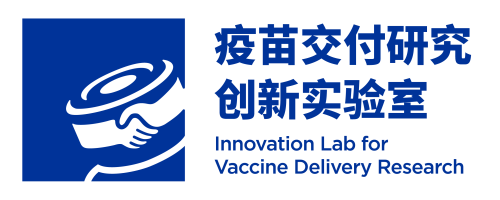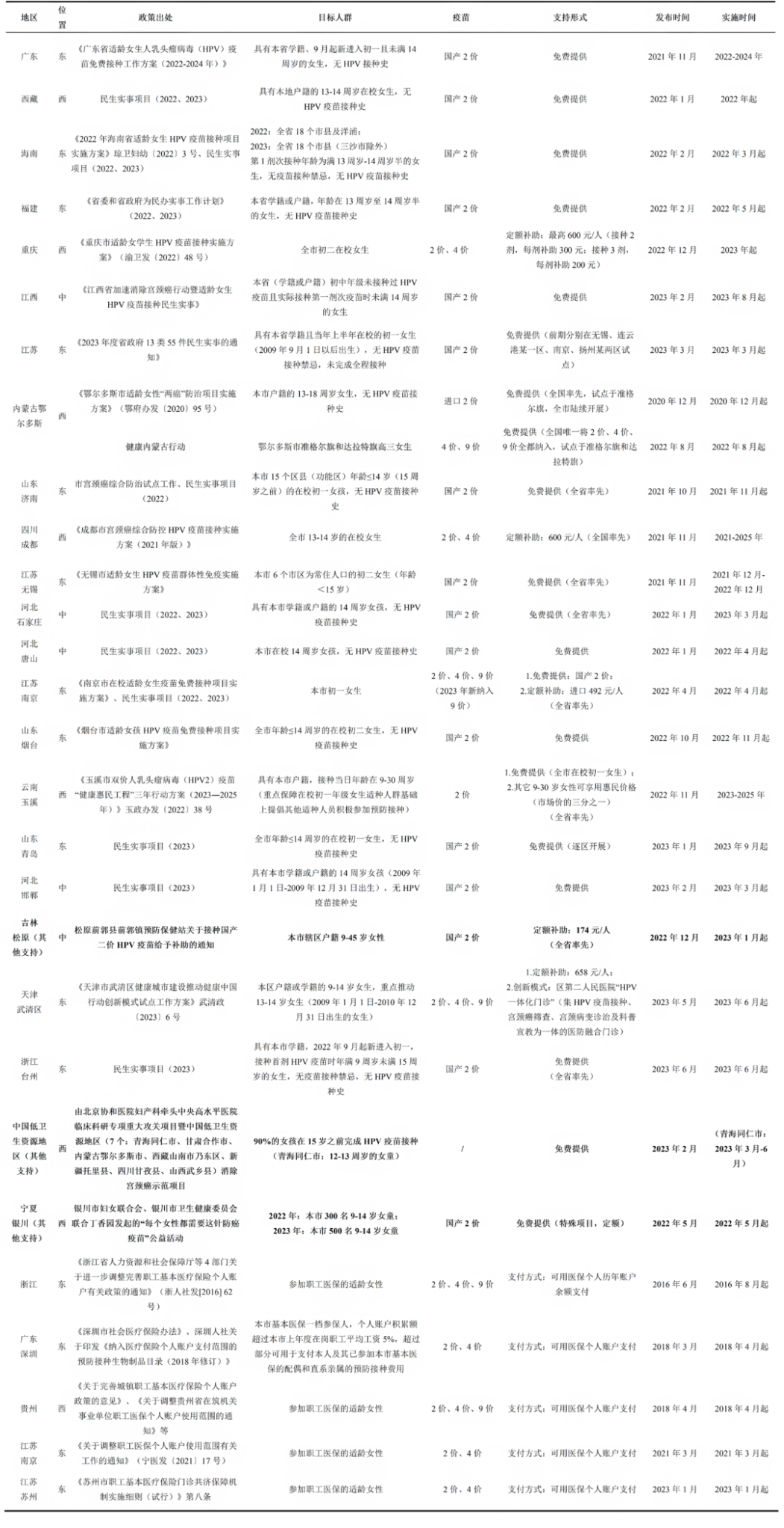Journal Content Recommendation
01
Head-to-head Immunogenicity and Safety Comparison of One-dose Domestic Bivalent HPV Vaccine and Quadrivalent HPV Vaccine among Chinese Girls Aged 9–14 Years: A Randomized Controlled Trial*
This study, published in Vaccine, systematically evaluated the immunogenicity and safety of a single-dose regimen of the domestically produced bivalent HPV vaccine (Cecolin®) compared to the imported quadrivalent HPV vaccine (Gardasil®) in Chinese girls aged 9–14 years. The study addresses the evidence gap regarding the simplified vaccination schedule of Cecolin®.
This randomized, open-label clinical trial (NCT06345885) enrolled 198 healthy girls from Zhangping, Fujian Province, China, who were randomly assigned (1:1) to receive either a single dose of Cecolin® (n=99) or Gardasil® (n=99). The primary outcomes were the seroconversion rates and geometric mean titers (GMTs) of HPV16 and HPV18-specific antibodies at one and two months post-vaccination. Non-inferiority was determined if the lower limit of the 95% confidence interval (CI) of the GMT ratio exceeded 0.5, and the lower limit of the seroconversion rate difference exceeded −5%. Safety was assessed based on adverse events occurring within 30 days post-vaccination.
Results showed that one month after vaccination, the seroconversion rate for HPV16 antibodies reached 100% in both groups. The HPV18 seroconversion rates were 97.9% in the Cecolin® group and 95.6% in the Gardasil® group, with the lower limit of the 95% CI for the between-group difference exceeding the pre-specified non-inferiority margin. Cecolin® also demonstrated significantly higher GMTs than Gardasil®, with GMT ratios of 1.5 (95% CI: 1.1–2.1) for HPV16 and 2.84 (95% CI: 2.0–4.1) for HPV18. These immunological advantages persisted at two months post-vaccination. Both vaccines exhibited favorable safety profiles. The incidence of adverse reactions within 30 days was 15.2% in each group, with no serious vaccine-related adverse events reported.
The study provides strong evidence that a single dose of Cecolin® elicits non-inferior HPV16/18-specific immune responses compared to Gardasil® in girls aged 9–14 years, with comparable safety. These findings support the potential role of single-dose Cecolin® in future HPV vaccination schedules in China and offer an affordable option for improving vaccine accessibility and coverage, especially in low- and middle-income countries to advance cervical cancer prevention.
*This study was funded by Xiamen Innovax Biotech Co., Ltd.
https://doi.org/10.1016/j.vaccine.2025.127015
02
Effect of vaccination against HPV in the HPV-positive patients not covered by primary prevention on the disappearance of infection
This study, published in Scientific Reports, evaluated the effectiveness of the 9-valent HPV vaccine in promoting viral clearance among HPV-positive women and explored its synergistic effect with cervical excisional procedures, such as loop electrosurgical excision procedure (LEEP).
Using a prospective cohort design, the study enrolled 320 adult women aged 18–53 years with confirmed HPV infection at a gynecology clinic in Poland between 2020 and 2023. None of the participants had previously received any HPV vaccination. Among them, 250 women (78.1%) opted to receive a full three-dose course of the 9-valent HPV vaccine (0-2-6 months schedule, vaccination group), while 70 women (21.9%) remained unvaccinated (control group). All participants underwent diagnostic assessment, including liquid-based cytology (LBC), HPV genotyping, and colposcopy-guided biopsy.
The results showed that the complete HPV clearance rate was significantly higher in the vaccinated group (72.4%) compared to the control group (45.7%) (p < 0.001). This effect was particularly evident for the HPV genotypes targeted by the 9-valent vaccine (types 6, 11, 16, 18, 31, 33, 45, 52, 58). Notably, vaccinated women who also underwent LEEP achieved the highest HPV clearance rate of 81.1%, outperforming those who received either vaccination alone (59.8%) or LEEP alone (57.1%). The synergistic benefit of vaccination and surgical intervention was statistically significant (p < 0.001), while the clearance effect was not influenced by patient age. Although the incidence of new infections with non-vaccine HPV types was slightly higher in the vaccinated group (12.4% vs. 5.7%), the overall HPV positivity rate remained significantly lower among vaccinated participants (27.6% vs. 54.3%).
The study supports the potential role of 9-valent HPV vaccination as an adjunctive strategy for HPV-positive women, especially those not covered by primary prevention. These findings suggest that vaccination may help close the immunity gap for previously unvaccinated adults and enhance cervical cancer prevention efforts.
https://doi.org/10.1038/s41598-025-92861-5
03
Pharmacy and healthcare provider offices as convenient adult vaccination settings in the US: Patient experiences from a survey of recently-vaccinated adults
This study, published in Vaccine, evaluated the vaccination experiences of U.S. adults across pharmacy and healthcare provider (HCP) office settings, with a focus on comparing convenience, vaccination logistics, and patient satisfaction between the two locations to inform strategies for improving adult vaccination coverage. A non-interventional, cross-sectional study using a web-based survey was conducted between September and November 2023, enrolling 938 recently vaccinated adults (618 vaccinated in pharmacies and 320 in HCP offices).
The results showed that influenza (74.2%) and COVID-19 (44.6%) vaccines were the most frequently administered, and 35.7% of respondents reported receiving coadministration of two to three vaccines. Notably, 40.5% of pharmacy-vaccinated respondents reported completing other tasks (such as prescription pickup or shopping) during their vaccination visit, demonstrating the multitasking nature of pharmacy-based vaccination. In contrast, HCP office-vaccinated respondents were more likely to have received vaccination based on healthcare provider recommendations (61.3%), whereas pharmacy respondents were more self-motivated in decision-making (75.6%). In terms of convenience, only 8.1% of respondents needed to take paid or unpaid time off work for vaccination, with an average time loss of 15.6 minutes. Overall, 76.1% of respondents reported no barriers to receiving vaccination, and the mean satisfaction score was high at 9.3 out of 10, with no significant differences between settings. Pharmacies were rated higher for efficiency and convenience, while HCP offices were preferred for trust and provider consultation.
The study highlights that both pharmacies and HCP offices serve as effective adult vaccination sites in the U.S. The authors recommend expanding pharmacy vaccination authority, promoting coadministration of multiple vaccines, and enhancing data interoperability between pharmacies and healthcare providers to optimize adult vaccination strategies and coverage.
https://doi.org/10.1016/j.vaccine.2025.127057
04
Current Status and Intervention Strategies for Zero-Dose Children in Latin America
This commentary article, published in F1000Research and jointly written by experts from the Latin American Society of Pediatric Infectious Diseases (SLIPE), analyzes the current situation of zero-dose children (ZDC) in Latin America and the potential impact of various intervention strategies.
Zero-dose children are defined as those who have never received any routine immunization, operationally identified as children who have not received the first dose of a vaccine containing diphtheria-tetanus-pertussis components(DTP1). In Latin America, nearly 2.7 million infants under one year of age have incomplete vaccination schedules. Between 2021 and 2022, the number of ZDC in the region decreased by 14%, from 1.85 million to 1.31 million. In 2023, the DTP1 coverage rate in Latin America and the Caribbean reached 89%, higher than the pre-pandemic level, but this still corresponds to over one million zero-dose children across the region.
The authors highlight that administrative estimates of immunization coverage may not accurately reflect the real situation of ZDC at the country level. The challenge lies not only in identifying and vaccinating ZDC but also in ensuring they remain in the system to complete their immunization schedule. The article also reviews the establishment and progress of National Immunization Technical Advisory Groups (NITAGs) across the region. Currently, 21 out of 42 countries in Latin America and the Caribbean have established NITAGs. Furthermore, the Regional NITAG Network of the Americas (RNA), launched in 2022, serves as the main platform for communication and collaboration among NITAGs in the region. However, evaluations conducted in 2020 and 2021 indicate that many NITAGs still face limitations in capacity and transparency, posing challenges for effective ZDC interventions.
The expert group recommends a comprehensive strategy to further reduce the number of ZDC and unvaccinated communities in Latin America, including: 1) Ensuring that vaccines are available and accessible to all children, especially those in remote or underserved areas, through mobile vaccination units, extended clinic hours, or outreach programs; 2)Enhancing communication, education, and stakeholder engagement by conducting public awareness campaigns to educate parents, caregivers, and communities on the importance of vaccination;3)Strengthening monitoring and evaluation systems to track vaccination coverage at national, regional, and local levels;4)Ensuring equitable vaccine delivery across different socioeconomic, ethnic, and geographic groups by prioritizing vulnerable populations and considering the use of combination vaccines to reduce missed vaccination opportunities; 5)Improving immunization registries.
https://doi.org/10.12688/f1000research.155286.2
05
Clinical and Evidence-Based Considerations for Choosing Pneumococcal Conjugate Vaccine in India: A Narrative Review
This study, published in Human Vaccines & Immunotherapeutics, aims to summarize and evaluate the clinical and evidence-based factors that should be considered when selecting pneumococcal conjugate vaccines (PCVs) for childhood immunization in India.
The review highlights that vaccine selection should be guided not only by local pneumococcal serotype epidemiology but also by immunogenicity data, clinical efficacy, herd immunity effects, and potential impact on antimicrobial resistance. Immunogenicity indicators such as seroresponse rates, IgG geometric mean concentrations (GMCs), opsonophagocytic activity (OPA) geometric mean titers (GMTs), and post-booster geometric mean fold rises (GMFRs) reflect the strength of immune response but cannot substitute for real-world effectiveness data. Therefore, comprehensive evaluation of vaccine efficacy, effectiveness, and impact is essential.Considerations should include direct and cross-protection against prevalent serotypes, herd protection benefits, and reduction of antibiotic-resistant strains.
At the level of vaccine policy making, vaccine choices should be dynamically assessed for their potential benefits, taking into account population characteristics, serotype distribution, disease burden and accessibility of healthcare resources. For regions with a high burden of invasive pneumococcal disease (IPD) and significant antibiotic resistance risk, the use of higher-valency PCVs (such as PCV13 or PCV14) is recommended to maximize public health benefits and cost-effectiveness.
https://doi.org/10.1080/21645515.2025.2482285
06
Anticipated Impact of a Novel Adult-Specific Pneumococcal Conjugate Vaccine V116: Comparative Analysis Using Surveillance Data from Multiple Countries*
This study, published in Vaccine, systematically evaluated the serotype coverage and potential preventive impact of V116, a novel adult-specific pneumococcal conjugate vaccine (PCV), in comparison with PCV20 across seven countries, including the United States, Canada, the United Kingdom, Germany, France, Spain, and Australia. The analysis was based on national invasive pneumococcal disease (IPD) surveillance data for adults aged 65 years and older (60+ in Germany), with data from 2022 (2019 for the UK and France).
The study estimated the proportion of IPD cases attributable to serotypes covered by V116 and PCV20, alongside the incidence rates of IPD caused by these serotypes. Assuming 100% vaccine efficacy and uptake, the potential number of preventable IPD cases in the U.S. was also calculated as an illustrative example.
Results showed that the serotype coverage of V116 ranged from 66% to 88% across the seven countries, consistently higher than PCV20, which covered 50% to 66%. In 2019, the incidence of IPD caused by V116 serotypes among adults aged 65+ was higher than that associated with other PCVs in six of the countries evaluated. In the U.S., for example, the overall IPD incidence was 24 per 100,000, with 20 cases per 100,000 attributed to V116 serotypes, compared to 12 per 100,000 for PCV20 serotypes. Under the modeled scenario, among an estimated 12,800 annual IPD cases in U.S. adults 65+, approximately 8,200 cases could be prevented by V116, compared to about 5,000 by PCV20.
The findings suggest that V116, by expanding serotype coverage, could prevent 30% to 60% more adult IPD cases than PCV20. The authors recommend considering V116 for immunization programs targeting older adults and high-risk populations to further reduce the burden of pneumococcal disease. They also highlight the need for real-world studies to validate the long-term effectiveness and cost-effectiveness of V116.
*All authors of this study are employees of Merck Sharp & Dohme LLC.
https://doi.org/10.1016/j.vaccine.2025.127080
Content Editor: Ziqi Liu
Page Editor:Ziqi Liu





